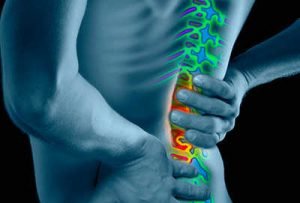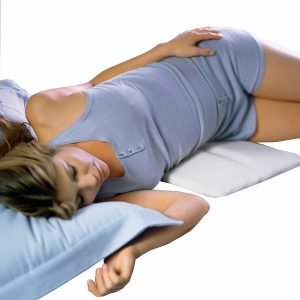green tea h


Many people suffer back pain during their lives. The good news is that most of the pain will disappear within a few days or weeks with basic home care, including self-massage, exercise, and applying hot or cold compresses.
Here is what you can do to relieve the back pain right from the comfort of your home:
1. Reduce Your Activities
One of the most common myths associated with homeopathy for back pain is that too much therapy can aggravate the pain. Indeed, in the past, people stayed in bed thinking that this was the obvious treatment for relieving the pain. Today, experts believe that it is necessary to return to normal activity while employing a number of basic home treatments and avoiding actions that aggravate the pain.
For example, it is recommended on the first and second day of the onset of pain to reduce activity, myambutol usa but not eliminate it completely, as the goal is to return to full function as quickly as possible. Movement helps strengthen the muscles, as opposed to lying down, which aggravates the problem. The main recommendations for home care include:
2. Avoid Complex Movements
Do not bend, carry objects, or stretch your body to reach certain objects, as these movements exert additional pressure on your back. For example, if you have to bend down or lift a heavy load, bend your knees, flex your hips, and lift up gradually with your back straight while avoiding any sudden movements.
3. Make Seating Arrangements

During a session for long periods of time, it is recommended to place a small cushion in the lumbar area of the back curve for additional support.
4. Prepare Hot or Cold Compresses
First, place an ice pack on the affected area of the back to reduce inflammation by narrowing the blood vessels and reducing swelling. Do not use ice for more than 5 minutes at a time, as it may freeze the skin and soft tissue. After two days, put a heat pack on the pain area to increase blood flow.
5. Avoid High Heels
Avoid wearing these shoes and walking with flat heels. If you want to wear high-heeled shoes, you should take frequent rests so you don’t tire out your legs and induce pain. Additionally, it’s advised not to wear high heels on a daily basis; only on special occasions (and this is also not obligatory, as women can be simultaneously beautiful and comfortable). For those who still insist on wearing high-heeled shoes, it’s recommended to contact companies that specialize in the production of orthopedic high heels, thus gaining comfort without sacrificing fashion!
6. Sleeping

Doctors recommend changing your usual sleeping positions by placing a pillow under your knees while lying on your side and placing a small pillow under your back for additional support.
7. Work On A Proper Posture
The mechanics of the body must be understood and the correct posture must be maintained while standing or sitting. In other words, it is recommended to move the body in a healthy and natural way, as improper posture can worsen back pain. Proper posture means a balanced body with shoulders down and thighs raised. If this position causes pain to worsen, it may be another back-related problem, such as an injury to the disc or the backbones.
8. Avoid Stress
Stress and pain create a vicious cycle. When the back hurts, a person begins to worry, and the back muscles begin to tighten. Tight muscles aggravate the pain and lead to increased anxiety, which aggravates the pain, and so on. Take time to relax and to relieve some of your back pain.
9. Taking Anti-Inflammatory Drugs
Anti-inflammatory drugs (NSAIDs), such as Advil, ibuprofen, or Nurofen, are better than other analgesics because, in addition to relieving pain, they also reduce swelling. Take one for temporary relief if your back pain persists.
10. Tension to Strengthen The Back
With the reduction of pain, it is recommended to perform gentle strengthening exercises for the abdomen, back, and legs, including several stretching exercises. Physical activity helps reduce back pain, as well as speed up recovery, prevent of pain, and reduce the risk of disability due to pain.
Source: Read Full Article